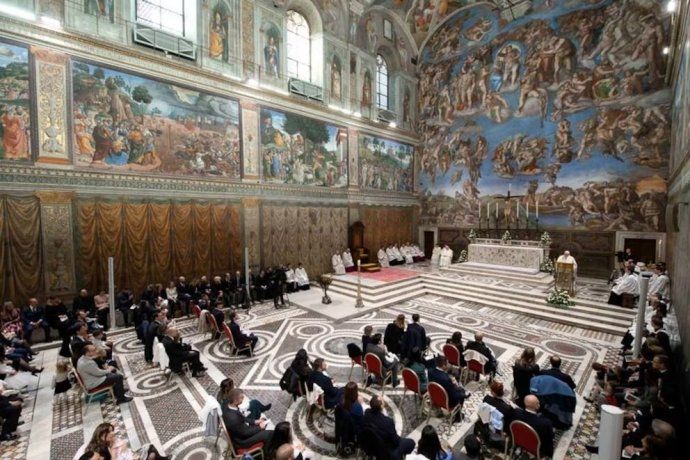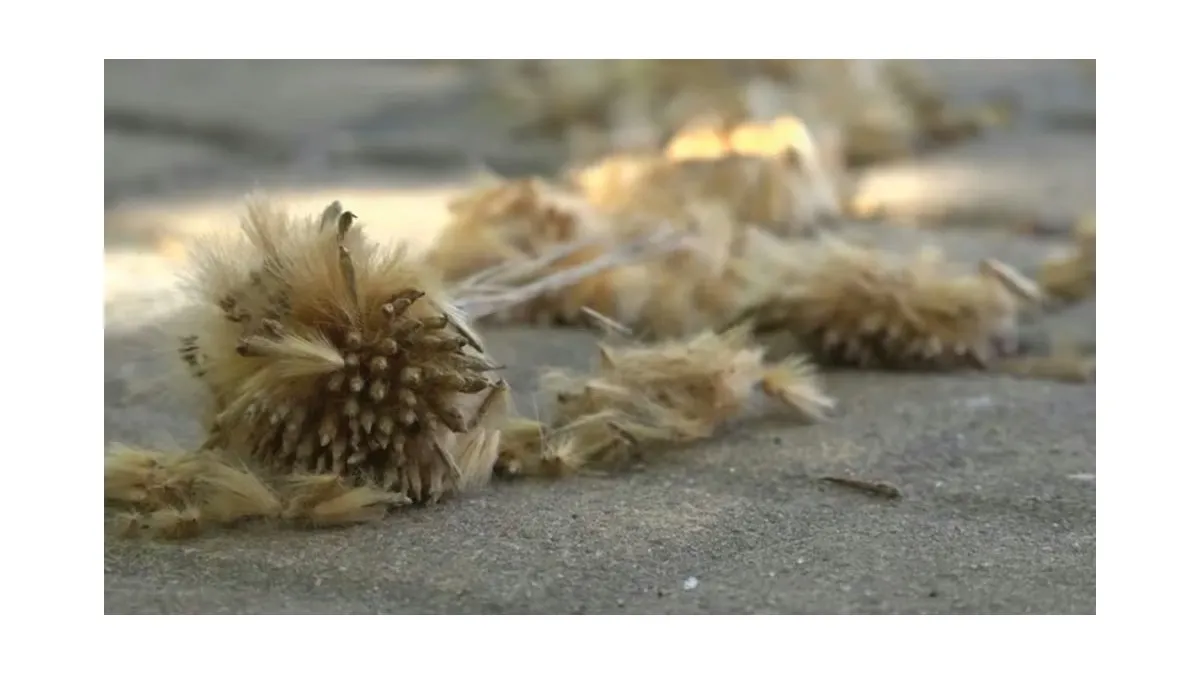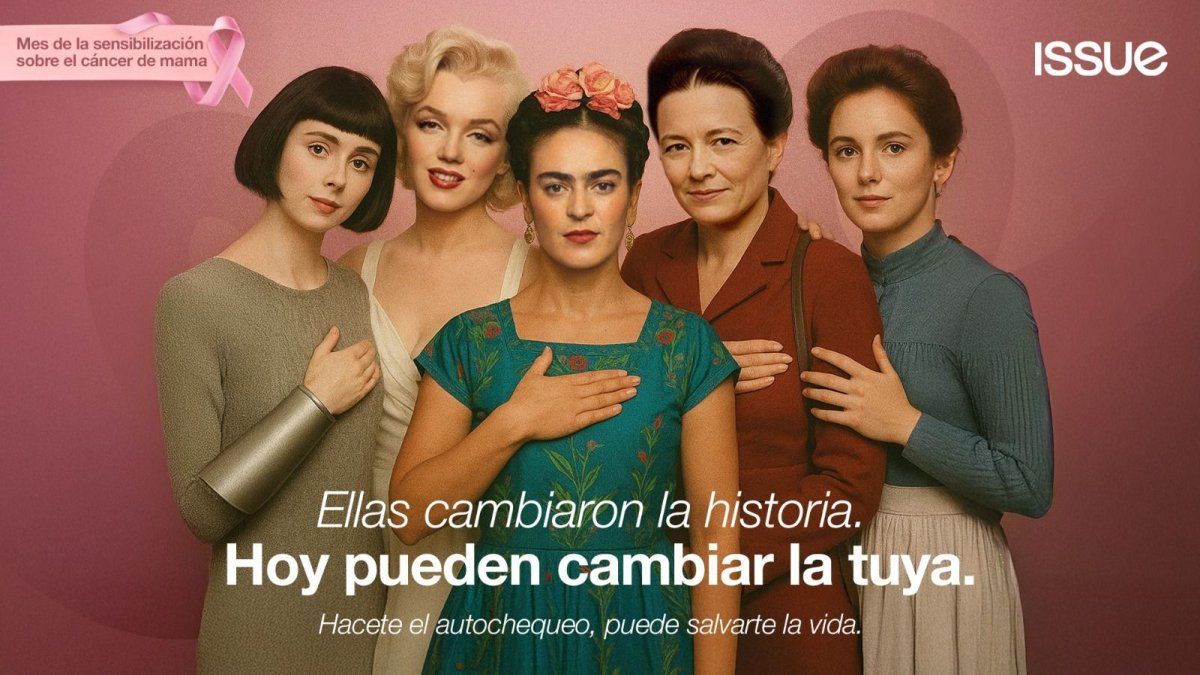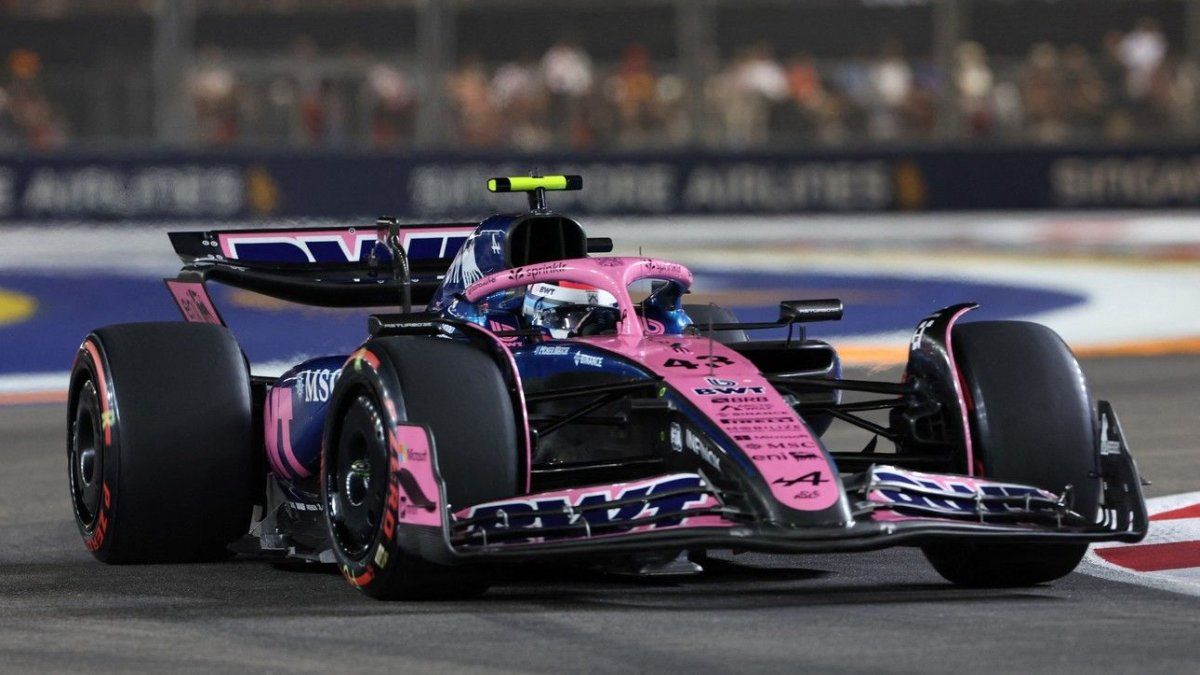Since the departure of Pope Francis, the Catholic Church is preparing tirelessly to carry out a new conclave where the Argentine successor will be chosen. After weeks of preparation, the wait ended: From Wednesday at 11:30, Argentine time, 133 Cardinals will enter the Sistine Chapel to choose the new Supreme Pontiff.
The decision will not be simple since, after a pontificate marked by deep reforms, the Catholic Church now debates If continuing with the line expressed by Francisco or turning to a Pope related to more traditionalist sectors.
2025 conclave: The Vatican will begin the choice of Pope Francis’s successor
The Sistine Chapel will open its doors next Wednesday, May 7 from 11:30, Argentine time, to receive the 133 cardinals in charge of choosing the next Pope. Then, The doors will close to maintain total secrecy and begin the elections.
Pope Francis.jpg
The conclave is a historical process that began after the promulgation of the Constitution “UBI periculum” by Gregorio X in 1274. Thus, the first election of a Pope had Place in Arezzo in 1276. This Constitution established that the conclave should be held in a closed place, both inside and out, to avoid external influences and ensure a quick and fair choice. In this conclave, He was chosen innocent V.
At present, the process remains marked by a series of strict rules, centenary traditions and absolute secrecy. The cardinals in charge of choosing the next leader of the more than one billion Catholics in the world They will undergo rigorous isolation throughout the process.
Historically, the last ten conclaves have lasted an average of 3.2 days, without any over five days. The last two papal elections, those of Benedict XVI in 2005 and Francisco in 2013, concluded in just two days.
The voting process can continue until one of the candidates obtains the majority of two thirds. “The more rounds there are, the more difficult the election will be. However, the current signs suggest that the cardinals want to proceed quickly,” said Giovanni Vian, professor of Christian history at the Ca ‘Foscari University of Venice. Salvadoran Cardinal Gregorio Rosa Chávez predicted that The conclave that will define the new Pope will not extend more than “maximum three days.”
It should be noted that Francisco appointed 107 Cardinals of the total of 134 that will vote from May 7, giving greater relevance to those that come from peripheral countries.
Throughout the conclave, the cardinals stay in the house of Santa Marta, inside the Vatican, and are collectively moved to the Sistine Chapel for each voting round. Confidentiality is total: they cannot communicate with the outside or among them outside the official sessions. For a candidate to be elected Pope, it is necessary to obtain two thirds of the votes cast, which in this case is equivalent to 89 votes.
How is the voting process
For a candidate to be elected Pope, he must obtain Two thirds of the votes of the Cardinals present. In detail, being 133 the sloping ones that will vote, the minimum concess to name a new Pontiff will be of 89 votes.
The voting process is rigorous: Cardinals can vote up to four times a daydistributed in two rounds in the morning and two in the afternoon. On each occasion, ecclesiastics write the name of their candidate on a ballot, which is deposited in an urn. Three wandering scrutinners are in charge of count and read the votes.
Sistine Conclave Sistine 2.jpg

X
When the necessary majority is not reached after several voting rounds, ballots are burned with chemical substances that produce the acquaintance Black smoke that, when leaving the chimney of the chapel, tells the believers present in the Plaza de San Pedro that the choice is still ongoing. At the time a candidate gets the majority and accepts the position, The ballots burn with a special mixture produced by the renowned white smokingsignal for the world that a new Pope was appointed at the head of the Catholic Church.
There is no fixed term for the duration of the conclave. This can extend from a few hours to several days, or even weeks, depending on the consensus reached among the cardinals. If after 33 voting rounds it is not possible to choose the Popethe norm allows to modify the procedure to opt for an absolute majority among the two most voted candidates.
Once the new Pope accepts his position and chooses his name, he proclaims himself before the Plaza San Pedro. Then, the Pontiff looks out to the balcony of the Basilica of San Pedro to give his first Urbi et Orbi blessing, a solemn act that marks the beginning of a new cycle for the Catholic Church.
Requirements to be elected Pope: Who can be the new church leader?
Officially, the requirements to be chosen Pope are quite simple: The candidate must be male and Catholic. However, in practice, the pontiffs were traditionally selected from among the cardinals, a process that lasted for centuries.
As for age, There is no specific limit for those who can aspire to papacy. In fact, Pope Francis took office at 76, and left him at 88. His predecessor, Benedict XVI, was elected at age 78 and retired when he was 85.
However, it should be noted that Only wedddies under 80 years of age can participate in the vote, Therefore, by tradition, the chosen one usually be below that age limit.
Who are the main candidates to be the successor of Pope Francis
The story marks that “who enters Pope to a conclave, comes out as a cardinal.” Despite this expanded belief in the Vatican, in the previous vote Different names arise as the greatest candidates to happen to Pope Francis. Among them are:
Pietro Parolin
Matteo Zuppi
Pizzaballa pierbattist
-
Age: 59 years
-
Country: Italy
-
Position: Latin Patriarch of Jerusalem
-
Line: Traditionalist (with diplomatic approach)
-
Appointed by: Francisco (2023)
Péter Erdo
Luis Antonio Tagle
Source: Ambito




